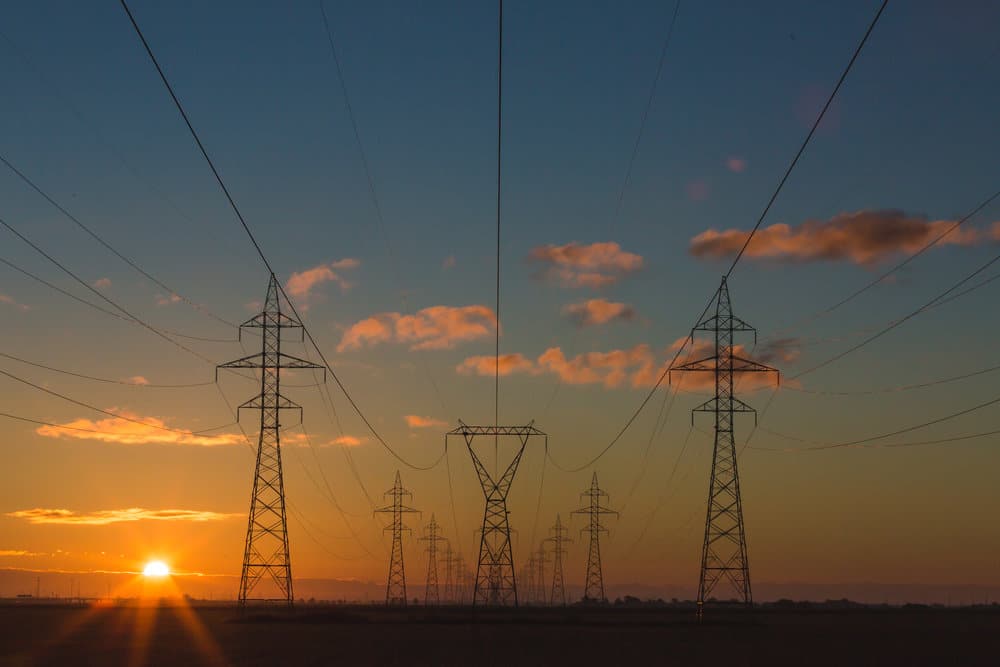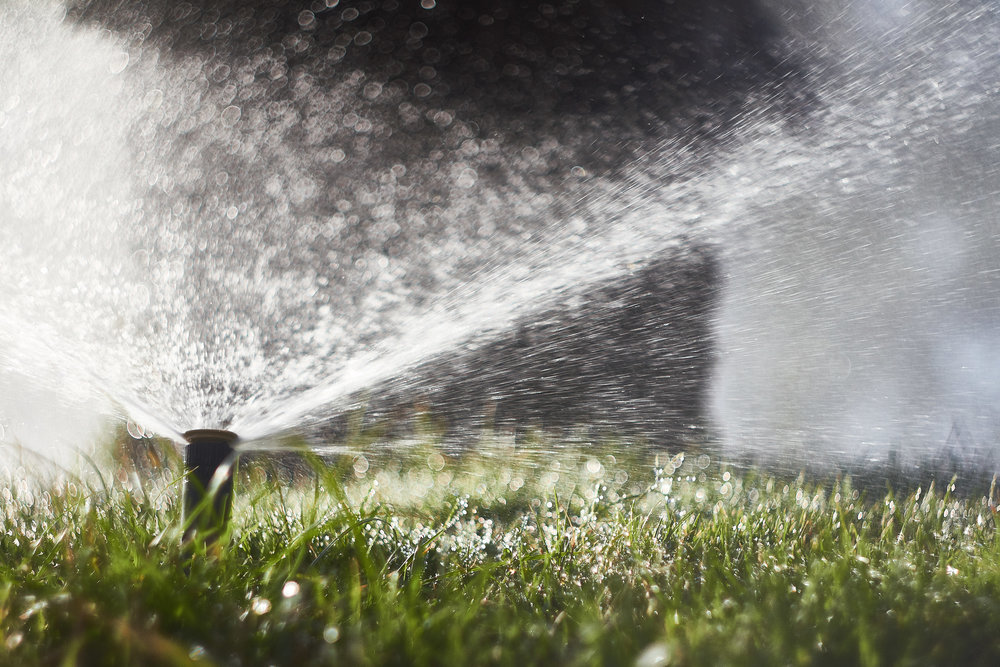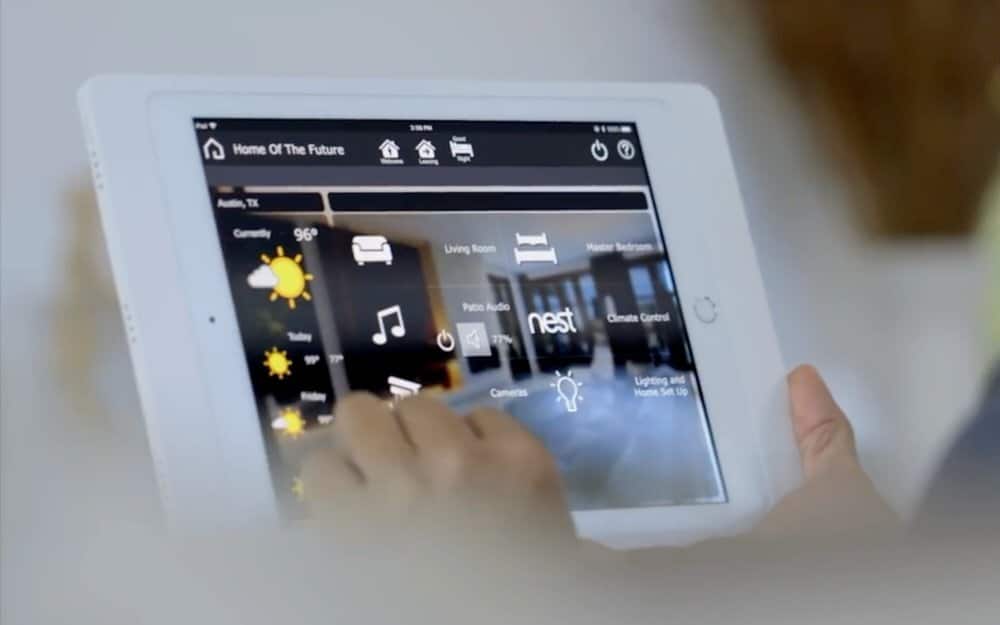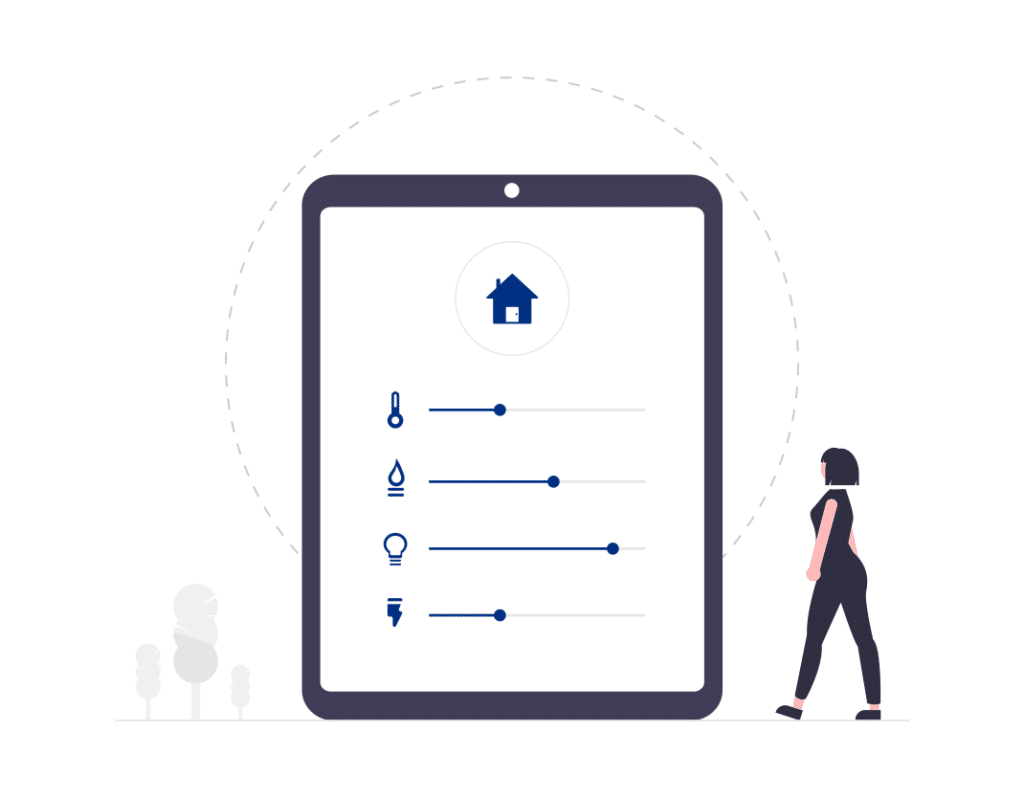Smart Home Energy upgrades
There’s a lot of buzz surrounding “going green” and energy efficiency, but let’s get down to the brass tacks of why smart green updates are worth making for homeowners.
Smart energy-efficient upgrades save homeowners money, more on specific numbers later. But not only that, but they also create a home that buyers want when it comes time to sell. For example:
-
Eighty-nine percent of housing consumers, surveyed by the CSIRO and Common Capital for Cooperative Research Center for Low Carbon Living’s EnergyFit Homes project, said that an energy-efficient home is more attractive to rent or buy.
-
At 34 percent, millennials make up the largest segment of the buyer pool, according to the National Association of Realtors. A Nielsen study of over 30,000 millennials found that 66 percent are willing to pay more for conservation-conscious, sustainable products.
-
Millennials are also looking for said features in existing homes as well, which is possibly why 79 percent of 2018 remodels were expected to factor in green building standards.
-
And this desire has boiled over into home building as well, as green-certified buildings worldwide were expected to top 60 percent in 2018.

In short, eco-friendly smart home improvements are worth considering because they save homeowners money, the largest buyer pool is attracted to green features, and having these smart upgrades ensures that homeowners will be able to compete with other more modern homes and buildings when it comes time to sell.
So which features make the most impact? Read on for more information.
General costs
For a point of reference, according to Energy.gov, the average annual energy expenditures per household in the U.S. run about:

-
Space heating: $593
-
Water heating: $280
-
Air conditioning: $237
-
Refrigerators: $153
-
Lights and electricity: $827
Actual savings vary based on type of home, products, use, and climate.
Upgrade lights
There are a few simple ways to improve a home’s lighting. Start by replacing the home’s five most commonly used light fixtures or bulbs with ENERGY STAR models. That’ll save owners about $75 per year according to Energy.gov.
To take that a step further, switch out regular light bulbs with smart bulbs or install smart light switches or dimmers. Smart bulbs can function with in-home AI assistants like Alexa or Google Home.
Homeowners can save a considerable amount of money and effort by connecting to an automation system, but we’ll go further into detail on what home automation systems can do below.
With a home automation system, lights can be programmed to turn on and off automatically when the room is no longer occupied, ensuring that energy isn’t wasted. Lights can also be integrated with smart window shades for more efficiency with light and temperature.

Install smart blinds
As mentioned, installing smart blinds on windows, especially those that face sunlight in peak morning or afternoon hours, can help reduce lighting and temperature costs. For example, on a hot day, if the blinds are closed and keeping out the radiating sun, the air conditioner will be less likely to pop on.
Homeowners can control blinds with their phones or home automation system, depending on the kind that is installed. There are some models that even have a sensor that helps to automate the window coverings to lower automatically when the sunlight is on full blast.
Aside from energy savings, homeowners can also enjoy the benefits of convenience, security, future fabric protection, elegance, and don’t forget the wow-factor; it’ll come in handy when selling the home.
Consider a smart thermostat
Energy.gov says homeowners can save up to 10 percent on heating and cooling bills by simply turning the thermostat back 7-10 degrees Fahrenheit for eight hours a day. An easy way to accomplish that task is to install a smart thermostat, like Nest.
With a smart thermostat, homeowners can program their home’s temperature from anywhere using an app on their phone. On average, a smart thermostat like Nest can save homeowners between $131 to $145 a year. Homeowners can maximize this energy efficiency by also installing smart blinds on windows throughout the house.

Don’t forget water
Did you know that a leaky faucet, at one drip per second, wastes 1,661 gallons of water? That seems like a lot, right? It also costs the homeowner about $35, not to mention the environmental implications.
This is where a smart irrigation system can come into play and save owners tons of money. A smart irrigation system gets live updates from local meteorology reports so that homeowners aren’t endlessly watering their plants and yards, especially right before it’s going to rain. Talk about ease and common sense.
Solar
While solar power isn’t new by any means, the cost and efficiency have improved. For instance, the costs for installing solar panels have dropped more than 70 percent in the past decade. The market continues to grow as more national players enter the picture. There’s a 30 percent federal solar tax credit, which will begin decreasing in 2020, which has made it more affordable for many. Nearly 315,000 Americans, or 8 percent of the residential sector, added solar power to their homes.
Environmentally, in a state like Connecticut, using solar energy for a year is akin to planting 150 trees. Also going with solar-generated energy helps promote air purity and reduce respiratory problems.
Solar panels can reduce homeowners’ energy bills by 70-100 percent monthly. Net metering, a program that allows residential customers who generate their own electricity from solar power to sell back unused electricity to the grid, can help homeowners get a credit toward their electric bill, putting more dollars back into homeowners’ pockets.

Home automation
The best way to manage all of these upgrades is with a home automation system. Homeowners will have the ability to make tweaks based on the time of year and individual needs.
Using a smart home energy monitoring system that identifies home energy use, such as RTI: Custom Home Automation gives homeowners a real-time readout of their monthly consumption and an edge on savings. By knowing exactly what a home’s output is, homeowners aren’t guessing at what improvements should be made. They know.
Owners can also create schedules that cater to peak times of heat and energy use, as well as times when no one is home, such as weekends, vacations, during the workday, etc. In addition to the tech mentioned above, smart doorbells, music, coffee pots, water heaters and more can all be automated.
One smart way to use these features is to set a schedule during the school year that turns on features like hot water only when homeowners are around and during peak shower hours. Lowering water temperatures, according to Energy.gov, can save between 4-22 percent annually on the water heating bill, which equals about $12-$60.
When added all together and controlled by a home automation system, homeowners benefit from convenience, energy savings and a wow-factor for future buyers that’ll likely result in a higher price tag and happy sellers.






